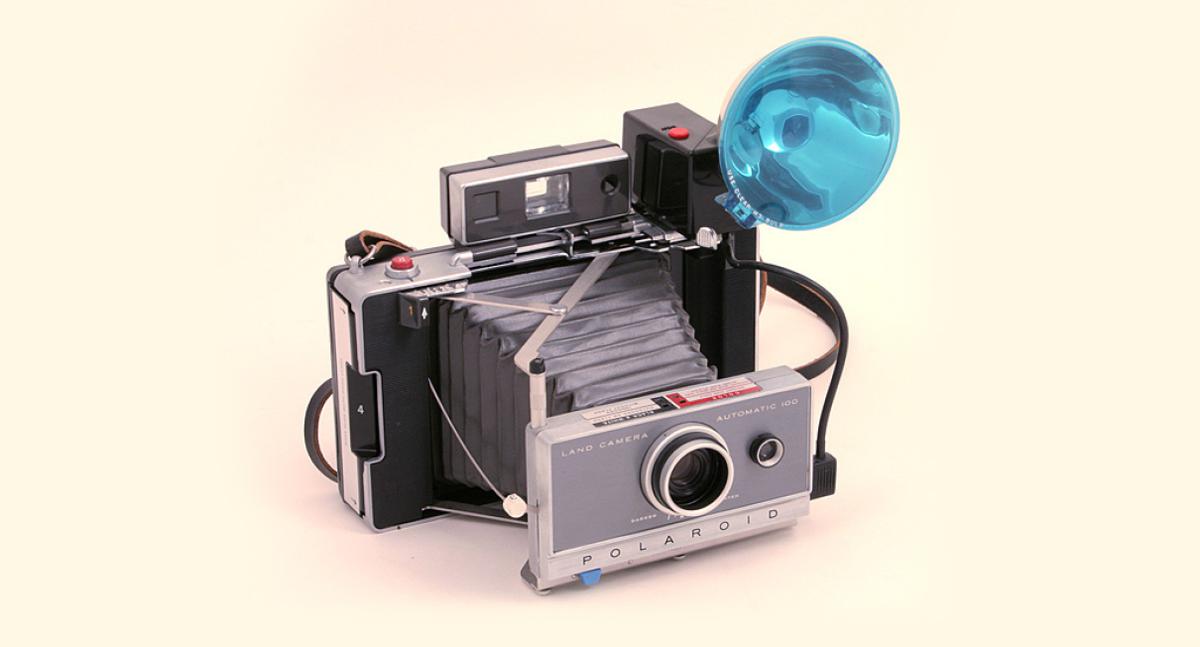For many years, my mother talked about people wanting things instantly and how detrimental it was to want things right away. That was her telling me (in a roundabout way) that patience really was a virtue. But in the tech world, patience seems to be a cardinal sin. People have been trying to do things faster and more efficiently in the name of progress when it comes to technology. In a sense, impatience is necessary (if not mandatory) in the tech world to develop a better product or service that improves on the technology that came before it.
For instance, the camera was developed for over a century and it took a lot of work and effort to reduce the exposure time and improve the photo quality.
Some of our older readers might remember taking film to be developed inside a lab. The instant camera, however, sought to take the process of film development and bring it with the person, and in the process, cut out the middleman. While film would take at least an hour to develop, with many places advertising one hour photo services, the impatience of the consumer sought to cut down the development time.
In 1948, American scientist Edwin Land invented the Land Camera which used self-developing film to create an image. The invention of the Land Camera was a result of impatience—it was rumored that Land’s daughter asked him why she couldn’t see the photographs right away, which motivated Land to develop the instant camera to address the issue.
The process of the instant camera used diffusion transfer to move dyes from the negative to the positive using a reagent. The negative sheet was exposed inside the camera, lined up with a positive sheet, and then squeezed through rollers which spread the reagent between the two layers, creating a developing film sandwich. The negative would then develop rapidly, and the soluble silver halide grains (and its image) would be transferred by diffusion from the negative to the positive. In about a minute, the back of the Land Camera would open and the negative would peel away to reveal the image.
By 1963, Land invented Polacolor pack film, which allowed colored photographs to be developed. This once again necessitated a complex process. Two tabs were pulled from the camera. The second tab pulled the film sandwich through the rollers to develop out of the camera. Adding in instant color involved a negative which contains three layers of emulsion sensitive to the colors blue, green, and red. Underneath those layers were dye developing molecules in their complementary colors: yellow, magenta and cyan. Light striking the emulsion layers blocked the complementary dye below them: when blue strikes the blue layer, it blocks the yellow, but transfers the magenta and cyan dyes to the positive, which creates blue.
The theme of impatience once again drove the technology of the instant camera. By 1972, a special film was developed. That means that the user did not have to time the development or peel apart the negatives from the positives. While instant cameras were immensely popular in the 1980s and 1990s, digital film almost completely wiped out the instant film and camera industry by 2008, the same year Polaroid declared bankruptcy.
However, instant cameras as a niche market to this very day and can be purchased in any store. The demise of the instant film and camera industry was characterized by consumer impatience (and thus, the demand) for a better, more efficient product or service.
Today, digital cameras (which are embedded in today’s smartphones) take pictures in milliseconds. While your parents or elders may tell you that patience is a virtue, impatience is what drives people to make improvements to technology, and that is why the Polaroid instant camera became the success that it was.
Also published in GADGETS MAGAZINE September 2016 Issue
Words by Jose Alvarez
